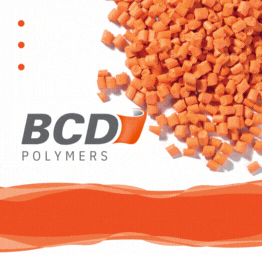Under the European Union's Green Deal, the reduction of the carbon footprint of companies and their products is being strongly promoted. To be able to meet the strict legal requirements and achieve climate-neutral production by 2050, companies will have to significantly increase energy and resource efficiency in the future. Accordingly, sustainability is currently an important strategic issue for many European plastics processors.
Enshrined in law: Carbon neutrality in Germany by 2045
The German Climate Protection Act goes one step further and calls for a 65 per cent reduction in CO2 emissions by 2030 and carbon neutrality by 2045. The internationally recognised standard for CO2 accounting – the Greenhouse Gas Protocol – considers different emission areas (scopes). Injection moulding machines are Scope 3 assets, which include indirect emissions from upstream and downstream business processes. As a machine manufacturer, Arburg is actively and comprehensively involved in carbon accounting in order to provide reliable and comparable indicators and meet the ambitious climate targets. This is also evidenced by its above-average "B" score in the Carbon Disclosure Project (CDP).
PCF – Product Carbon Footprint
In contrast to the corporate carbon footprint (CCF), which is calculated for an entire company on an annual basis, the product carbon footprint (PCF) includes the quantities of greenhouse gases emitted and removed over the entire service life of a product. Expressed as CO2 equivalent, the PCF is an important indicator in the life cycle assessment. The guidelines for quantification and reporting are provided by the international standard ISO TS 14067:2018.
The first relevant question for injection moulders is the carbon footprint with which the machine produced by the manufacturer arrives at the plant. In its "cradle to gate" analysis, Arburg draws the associated system boundary from raw material extraction through the manufacturing phase to the factory gate. However, this period only accounts for around five per cent of CO2 emissions. Over the entire product life cycle ("cradle to grave"), most of the PCF is generated during the use phase at the customer's premises, in addition to emissions during distribution and disposal.
Arburg records CO2 emissions up to the finished injection moulding machine in four process steps: painting or coating, mechanical machining and processing, electrical production, and assembly. The raw materials used and the respective electricity requirement can be assigned to this operational sequence and the other phases in the product life cycle (Fig. 1).


